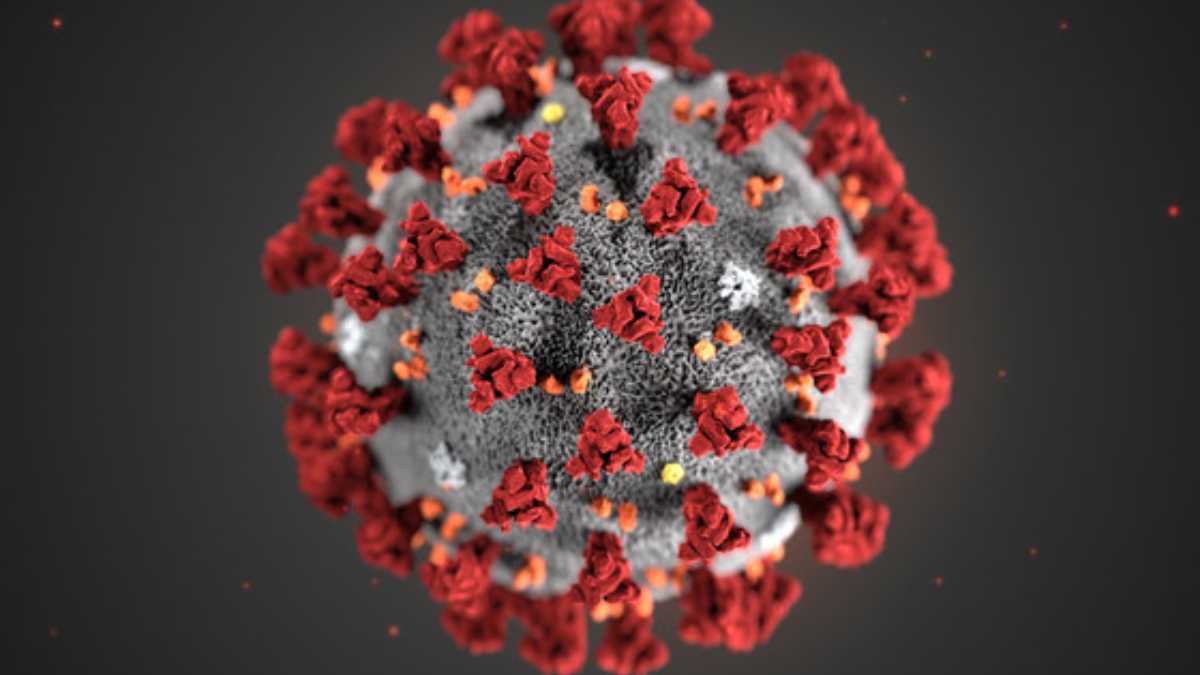The battle against COVID-19 has persisted for nearly two years, and just when it seemed like progress was being made, a new challenge has emerged in the form of a variant known as FLiRT. This development has sparked worry among health authorities, prompting scrutiny into the potential risks posed by this variant. In this piece, we’ll explore what FLiRT entails, its symptoms, and the level of threat it presents.
What is FLiRT?
FLiRT, short for Flu-like Respiratory Tract, is a recently detected strain of the COVID-19 virus that is circulating within the United States. Described in a Hindustan Times report, FLiRT represents a cluster of COVID variants stemming from the JN.1 variant, which emerged in December. These variants exhibit novel mutations believed to enhance their transmissibility. Notably, despite these changes, the symptoms associated with FLiRT are largely consistent with those observed in earlier COVID variants.
Symptoms
Many individuals are wondering about the symptomatology of the new FLiRT variant compared to the original COVID-19 strain. According to experts, FLiRT presents a blend of flu-like symptoms and traditional COVID-19 indicators, complicating its identification. Patients infected with FLiRT commonly report symptoms such as fever, cough, sore throat, body aches, fatigue, and loss of taste or smell.
Also Read: Elevate Your Yoga with The Next Level Yoga and Deepen Your Mind-Body Connection
Is it dangerous?
Dr. Nikhil Modi, a Senior Consultant at the Department of Respiratory, Critical Care, and Sleep Medicine, Indraprastha Apollo Hospital, notes the emergence of a cohort of SARS-CoV-2 Omicron subvariants collectively referred to as “FLiRT.” These variants, particularly the KP.2 strain, have rapidly proliferated across the United States, comprising approximately 25% of recent COVID-19 cases. Early evidence suggests that FLiRT variants, notably KP.2, exhibit heightened transmissibility compared to preceding Omicron subvariants.
Conclusion
Dr. Nikhil Modi also highlighted concerns that FLiRT variants might possess the ability to evade immunity conferred by prior infections and vaccinations, although the degree of immune evasion is still being investigated. While FLiRT has not been detected in India thus far, the potential for these highly transmissible variants to disseminate in densely populated regions is a substantial health concern. He emphasized the necessity of vigilance and close monitoring of the evolving situation. Additionally, he stressed the importance of maintaining preventive measures, including vaccination, wearing masks, and adhering to respiratory hygiene practices.
Also Read: Unlock the Secrets of Yoga by Exploring its Science













